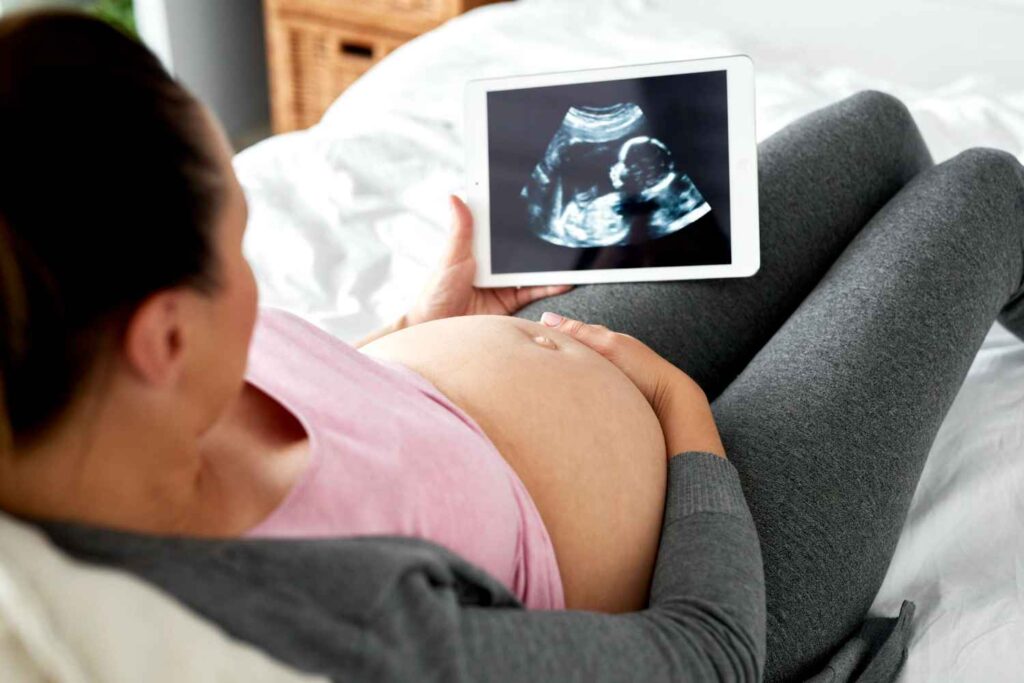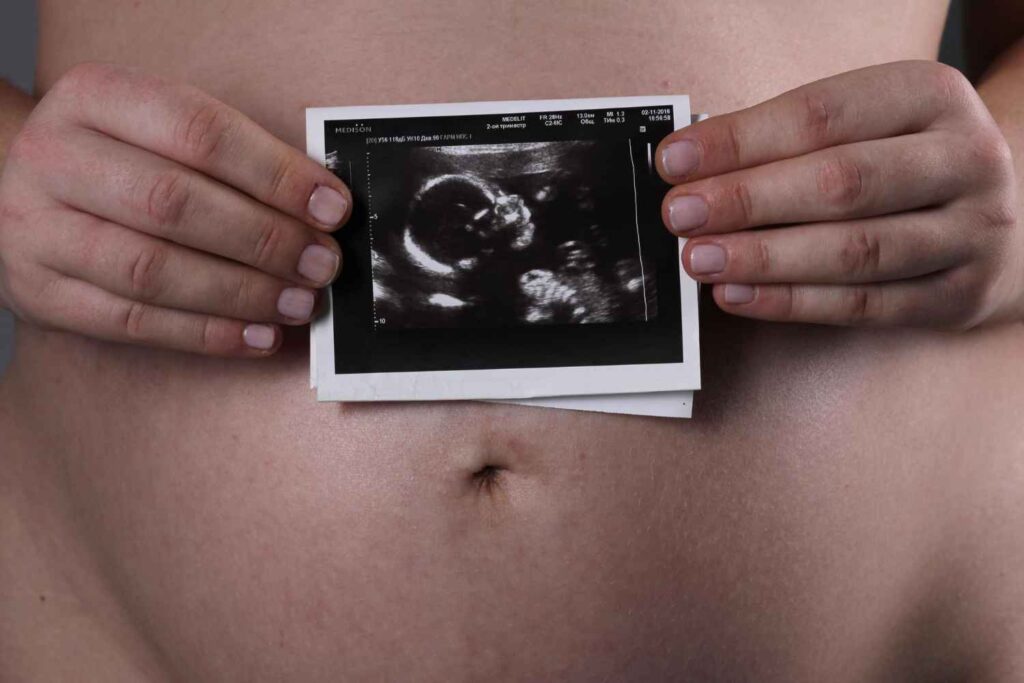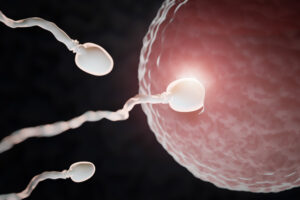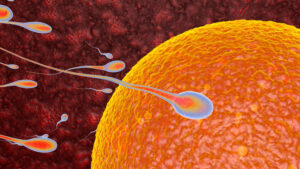When you’re preparing for an IVF cycle, every ultrasound scan matters. Sometimes, during a pelvic scan, your doctor may mention finding an anechoic cyst on the ovary or uterus. Hearing this can cause worry — but in most cases, there’s nothing to fear. Anechoic cysts are often simple, fluid-filled sacs that are benign and temporary. Still, understanding what they are, why they occur, and how they may influence fertility treatment can give you peace of mind.
At Boon IVF Clinic in Hyderabad, informed patients make confident decisions. In this guide, we’ll explain everything you need to know about anechoic cysts — from causes and diagnosis to treatment and implications for IVF success.
What Is an Anechoic Cyst?
An anechoic cyst is a fluid-filled sac that appears dark or black on an ultrasound image because it doesn’t reflect sound waves — “anechoic” literally means without echoes. This is different from solid or complex cysts, which contain tissue or debris that reflects sound and appears brighter.
Anechoic cysts can appear in various organs, but when it comes to fertility, they’re most often found in the ovaries, uterus, or fallopian tubes.
Most of these cysts are harmless and straightforward, often forming as part of the normal menstrual cycle. However, understanding the type, size, and timing of the cyst is vital before proceeding with treatments like IVF.
Why Anechoic Cysts Form
Anechoic cysts can form for several natural or hormonal reasons. Some of the most common include:
Follicular Cysts
During a normal menstrual cycle, one follicle matures and releases an egg during ovulation. Sometimes, if ovulation doesn’t occur, the follicle continues to grow and becomes a follicular cyst — a type of anechoic cyst.
Corpus Luteum Cysts
After ovulation, the follicle transforms into the corpus luteum, which produces hormones to support early pregnancy. If it fills with fluid instead of shrinking, it becomes a corpus luteum cyst — another anechoic structure.
Hormonal Imbalances
Conditions like Polycystic Ovary Syndrome (PCOS) can cause multiple small anechoic cysts on the ovaries due to hormonal irregularities.
Medications and Fertility Drugs
Women undergoing fertility treatment may develop cysts as a side effect of ovulation induction medications. These are usually temporary and monitored closely by fertility specialists.
Endometriosis or Pelvic Infections
In rare cases, cysts may develop due to endometriosis or infections, though these are often complex rather than purely anechoic.
Anechoic Cyst and Fertility: Should You Be Concerned?
For most women, an anechoic cyst is not a serious concern and does not mean infertility. However, its presence might influence the timing or planning of your IVF cycle.
Here’s how it could affect fertility treatment:
Ovarian Function:
If the cyst produces hormones like estrogen, it can interfere with your body’s natural cycle or with fertility medications. Your doctor may monitor hormone levels before beginning stimulation.
Cycle Scheduling:
Large cysts can sometimes delay the start of IVF treatment because they may affect ovarian response or egg quality.
Egg Retrieval:
If the cyst is large or near developing follicles, your fertility specialist may postpone the retrieval procedure until it resolves, ensuring safety and better outcomes.
Hormone Response:
Certain cysts might alter baseline hormone readings (FSH, LH, or Estradiol), leading your doctor to wait for an optimal environment before beginning the next phase of treatment.
At Boon IVF, every cyst identified on ultrasound is carefully evaluated before moving forward with stimulation protocols. Most of the time, these cysts resolve naturally within a few weeks, allowing IVF to proceed smoothly.

Diagnosis: How Doctors Identify an Anechoic Cyst
Ultrasound imaging is the most effective and non-invasive way to detect an anechoic cyst. Here’s what your fertility specialist looks for:
- Appearance: Anechoic (black) area with smooth walls.
- Shape: Round or oval.
- Size: Typically ranges from a few millimetres to several centimetres.
- Wall Thickness: Thin and uniform.
- Internal Structure: Obvious (no internal echoes or solid components).
If your doctor suspects a functional cyst, they may recommend:
- Repeat Ultrasound: To check if it shrinks or disappears naturally.
- Hormone Blood Tests: To see if the cyst affects estrogen or progesterone levels.
- Cycle Monitoring: To decide whether to proceed with or delay stimulation.
Types of Anechoic Cysts Commonly Seen in Fertility Care
- Functional Ovarian Cysts
- The most common type.
- Includes follicular and corpus luteum cysts.
- Typically harmless and self-resolving.
- Paraovarian Cysts
- Develop near the ovary, not within it.
- Usually asymptomatic and benign.
- Endometrial Cysts (Endometriomas)
- Filled with old blood from endometrial tissue growth.
- Appears slightly different on ultrasound (not purely anechoic).
- Theca Lutein Cysts
- It occurs due to elevated hCG levels, sometimes after fertility treatments.
- Often resolves when hormone levels normalize.
Treatment and Management Options
In most IVF cases, anechoic cysts don’t need treatment. However, if they’re significant, persistent, or hormonally active, doctors may take specific measures.
1. Watchful Waiting
Small, simple cysts often disappear within one or two menstrual cycles. Your doctor may recommend monitoring with repeat ultrasounds before starting stimulation.
2. Hormonal Regulation
Birth control pills or progesterone-based medications can help shrink functional cysts and regulate your cycle
3. Cyst Aspiration
If the cyst is large and affecting the ovary, your doctor may drain it using a fine needle under ultrasound guidance — a quick outpatient procedure.
4. Surgical Intervention
Rarely, if a cyst doesn’t resolve or appears suspicious, laparoscopic surgery may be advised. However, this is uncommon for simple anechoic cysts.
5. Adjusting IVF Timing
If a cyst is present during your baseline scan, your doctor might delay the start of ovarian stimulation until it clears. This helps optimize follicular development and improve IVF success.

Anechoic Cysts During IVF: What to Expect
Finding a cyst before or during your IVF cycle doesn’t necessarily mean treatment will stop. Your fertility specialist at Boon IVF Clinic will evaluate the cyst and take the safest approach:
- If it’s small and not producing hormones, IVF can continue as planned.
- If it’s large or affecting hormones, the cycle may be postponed or modified.
- If it recurs frequently: Your doctor may investigate underlying hormonal or ovarian factors.
In many cases, simple cysts are a regular part of ovarian activity, and they don’t reduce IVF success rates when managed correctly.
Symptoms of an Anechoic Cyst
Most women don’t feel any symptoms, especially when the cyst is small. But larger cysts may cause:
- Mild lower abdominal discomfort or pressure
- Bloating
- Irregular periods
- Pelvic pain during intercourse or physical activity
If you experience sudden, sharp pain or dizziness, it may indicate cyst rupture or torsion — a rare but urgent condition requiring medical attention.
Can Anechoic Cysts Affect Pregnancy?
Generally, simple anechoic cysts do not affect pregnancy outcomes. Once the cyst resolves, your ovaries function normally, and conception — naturally or via IVF — can proceed.
Even if a cyst forms during early pregnancy (often a corpus luteum cyst), it usually supports early hormone production and resolves naturally by the second trimester.
FAQs About Anechoic Cysts and IVF
1. Are anechoic cysts dangerous?
No, most are benign and harmless. They usually disappear on their own.
2. Can I start IVF if I have an anechoic cyst?
It depends on the cyst’s size and hormone activity. Your fertility doctor will decide if it’s safe to proceed.
3. Can lifestyle changes help prevent cysts?
Maintaining a healthy weight, managing stress, and balancing hormones may help reduce the likelihood of cyst formation.
4. How long does it take for an anechoic cyst to go away?
Typically, within 4–6 weeks, depending on the type and size.
5. Should I be worried about cysts coming back?
Recurring cysts can happen in some women but are usually managed effectively with medical supervision.
When to Consult Your Fertility Specialist
If you’ve been told you have an anechoic cyst, don’t panic. Schedule a follow-up with your fertility specialist to discuss the best plan. At Boon IVF Clinic, our team will perform a detailed assessment to ensure your ovaries are healthy and your IVF treatment proceeds safely and successfully.
We use advanced ultrasound technology and personalized fertility protocols to monitor ovarian health, ensuring every step of your IVF journey is optimized for success.
Conclusion
An anechoic cyst might sound worrying, but in reality, it’s a common and usually harmless finding during fertility scans. Understanding its nature helps reduce anxiety and ensures you make informed decisions about your reproductive health.
At Boon IVF, we guide you through every step — from diagnosis and monitoring to fertility treatment and pregnancy — with compassion, transparency, and world-class expertise.


